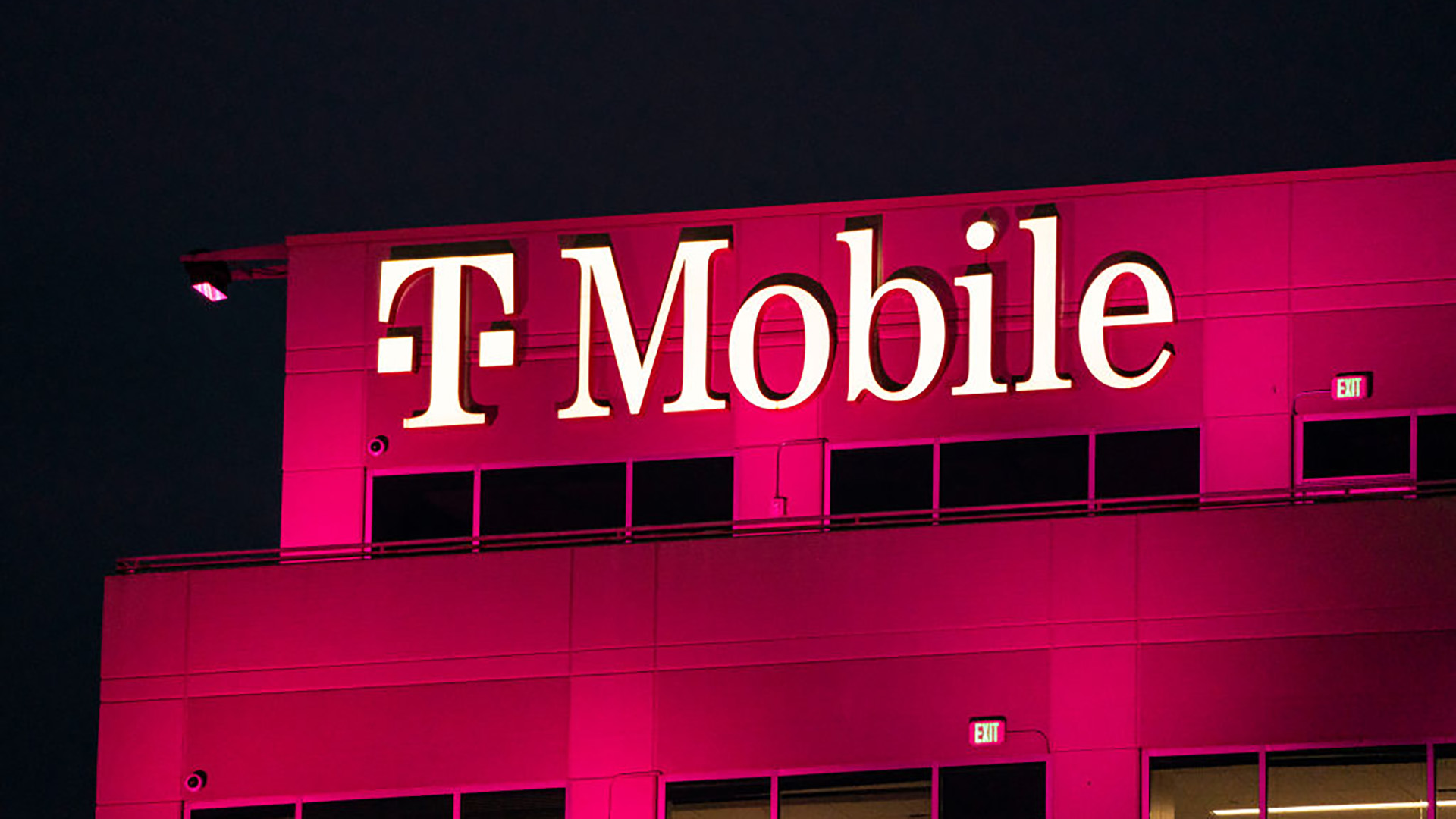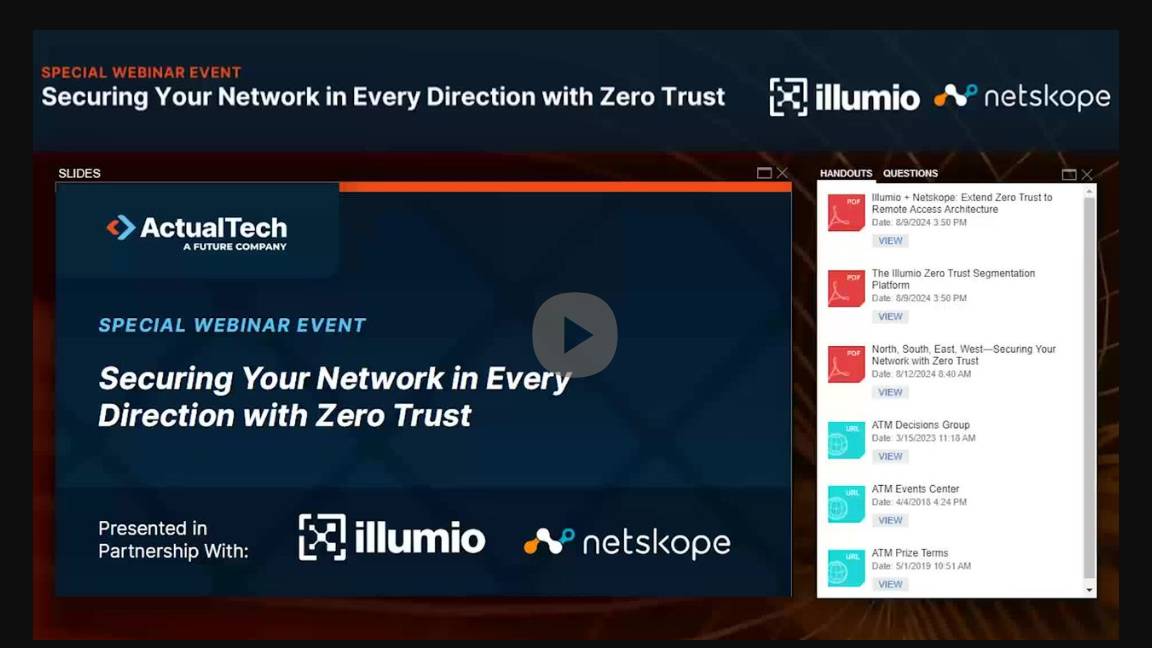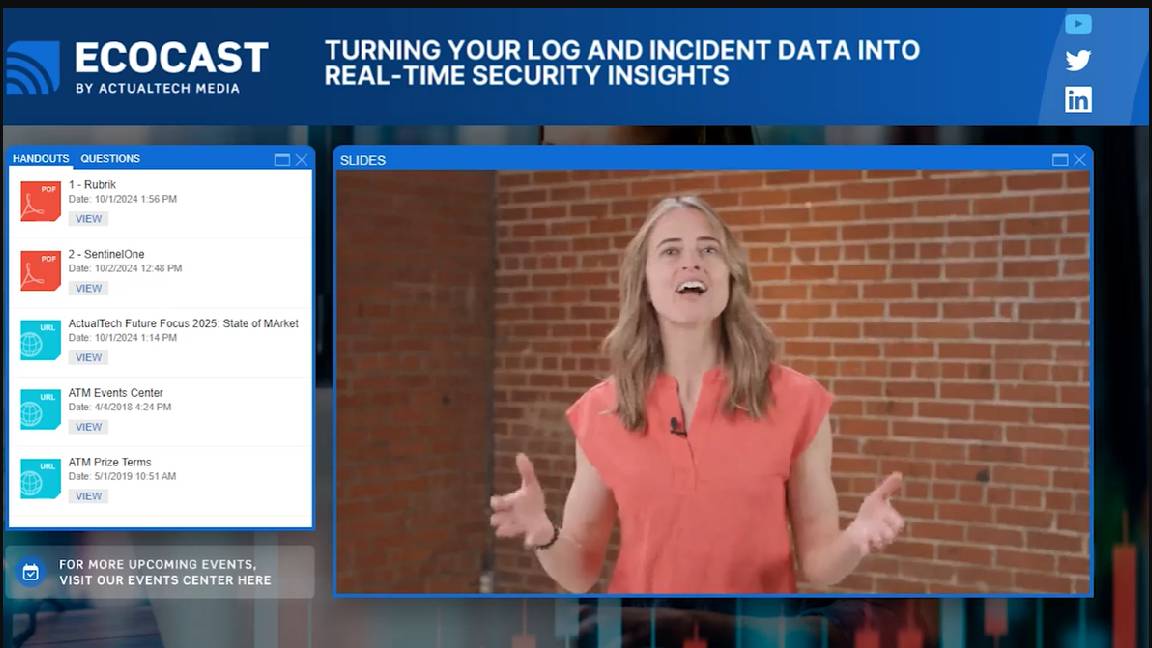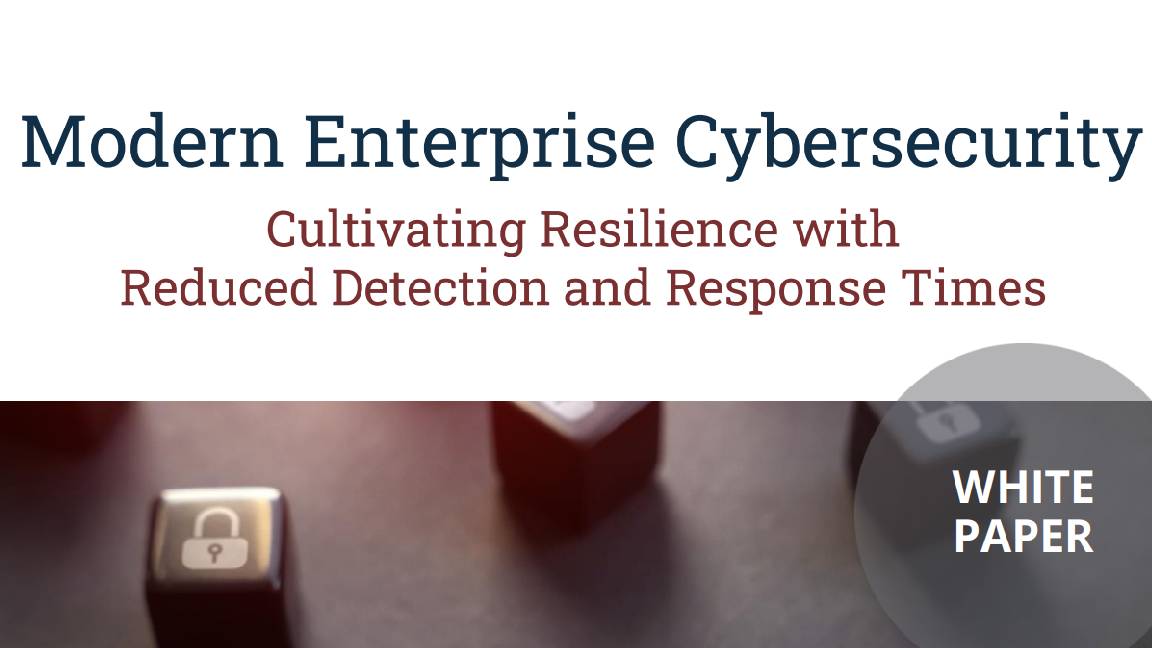ASUS, Cisco, Netgear devices exploited in ongoing Chinese hacking campaign
Critical national infrastructure is the target of sustained attempts from state-sponsored hackers, according to Five Eyes advisories


Organizations globally have been urged to remain vigilant amid an ongoing hacking campaign that leverages office networking devices to target critical national infrastructure (CNI) assets.
Research from Microsoft this week revealed that attacks carried out by Volt Typhoon, a Chinese state-sponsored group that commonly focuses on espionage and intelligence gathering, are specifically targeting CNI organizations.
Microsoft said Volt Typhoon relies “almost exclusively” on living-off-the-land (LOTL) techniques and hands-on-keyboard activity.
LOTL attacks typically see attackers compromise a victim’s system and use the systems and tools that are already installed to achieve their goals, rather than executing their own code or malware payloads, for example.
“To achieve their objective, the threat actor puts strong emphasis on stealth in this campaign,” said Microsoft, which assisted the Five Eyes investigation.
“They issue commands via the command line to (1) collect data, including credentials from local and network systems, (2) put the data into an archive file to stage it for exfiltration, and then (3) use the stolen valid credentials to maintain persistence.”
As part of the campaign, Volt Typhoon has been observed blending into normal network activity by routing traffic through compromised small office and home office (SOHO) network equipment. This includes routers, firewalls, and VPN hardware.
Get the ITPro daily newsletter
Sign up today and you will receive a free copy of our Future Focus 2025 report - the leading guidance on AI, cybersecurity and other IT challenges as per 700+ senior executives
Microsoft confirmed that a number of devices, including those manufactured by ASUS, Cisco, D-Link, Netgear, and Zyxel are at risk and urged owners of these devices to ensure interfaces are not exposed to the public internet to mitigate threats.
RELATED RESOURCE

The Total Economic Impact™ of Mimecast
Cost savings and business benefits enabled by using Mimecast with Microsoft 365
“Owners of network edge devices should ensure that management interfaces are not exposed to the public internet in order to reduce their attack surface,” the firm said in a blog post.
“By proxying through these devices, Volt Typhoon enhances the stealth of their operations and lowers overhead costs for acquiring infrastructure.”
Marc Burnard, senior consultant for information security research at Secureworks, said that targeting network devices is a common tactic employed by threat actors such as Volt Typhoon, which is also tracked as ‘Bronze Silhouette’.
This enables the group to ‘blend in’ to network traffic and operate behind the scenes with impunity, thereby gaining a stronger foothold and compromising additional assets.
“From our first-hand observations, we determine the group to have a consistent focus on operational security including a minimal intrusion footprint, defense evasion techniques, and use of compromised infrastructure,” he said.
“Think of a spy going undercover, their goal is to blend in and go unnoticed. This is exactly what Bronze Silhouette does by mimicking usual network activity.”
Burnard added that these tactics highlight the group’s “operational maturity and adherence to a modus operandi” that focuses specifically on reducing the likelihood of detection.
Five Eyes response to Chinese hacking threat
The campaign by Volt Typhoon has prompted Five Eyes security agencies to issue an urgent warning to critical infrastructure organizations.
The UK’s National Cyber Security Centre (NCSC) issued a joint statement with the equivalent authorities from the US, Canada, Australia, and New Zealand calling for heightened vigilance amid the ongoing attacks.
“It is vital that operators of critical national infrastructure take action to prevent attackers hiding on their systems, as described in this joint advisory with our international partners,” said Paul Chichester, director of operations at the NCSC.
“We strongly encourage UK essential service providers to follow our guidance to help detect this malicious activity and prevent persistent compromise.”
According to Microsoft, the purpose of the campaign by Volt Typhoon appears to have broader geopolitical goals amid rising tensions between the US and China.
The group has been active since mid-2021, the firm revealed, and has already targeted critical infrastructure organizations in the United States and Guam, a key site for US military activities in the Pacific.
“Microsoft assesses with moderate confidence that this Volt Typhoon campaign is pursuing development of capabilities that could disrupt critical communications infrastructure between the United States and Asia region during future crises.”

Ross Kelly is ITPro's News & Analysis Editor, responsible for leading the brand's news output and in-depth reporting on the latest stories from across the business technology landscape. Ross was previously a Staff Writer, during which time he developed a keen interest in cyber security, business leadership, and emerging technologies.
He graduated from Edinburgh Napier University in 2016 with a BA (Hons) in Journalism, and joined ITPro in 2022 after four years working in technology conference research.
For news pitches, you can contact Ross at ross.kelly@futurenet.com, or on Twitter and LinkedIn.
-
 Bigger salaries, more burnout: Is the CISO role in crisis?
Bigger salaries, more burnout: Is the CISO role in crisis?In-depth CISOs are more stressed than ever before – but why is this and what can be done?
By Kate O'Flaherty Published
-
 Cheap cyber crime kits can be bought on the dark web for less than $25
Cheap cyber crime kits can be bought on the dark web for less than $25News Research from NordVPN shows phishing kits are now widely available on the dark web and via messaging apps like Telegram, and are often selling for less than $25.
By Emma Woollacott Published
-
 Billions of IoT devices will need to be secured in the next four years – zero trust could be the key to success
Billions of IoT devices will need to be secured in the next four years – zero trust could be the key to successNews Researchers have warned more than 28 billion IoT devices will need to be secured by 2028 as attacks on connected devices surge.
By Emma Woollacott Published
-
 Cisco claims new smart switches provide next-level perimeter defense
Cisco claims new smart switches provide next-level perimeter defenseNews Cisco’s ‘security everywhere’ mantra has just taken on new meaning with the launch of a series of smart network switches.
By Solomon Klappholz Published
-
 Five Eyes cyber agencies issue guidance on edge device vulnerabilities
Five Eyes cyber agencies issue guidance on edge device vulnerabilitiesNews Cybersecurity agencies including the NCSC and CISA have issued fresh guidance on edge device security.
By Emma Woollacott Published
-
 T-Mobile security chief insists its defenses stood up to attacks linked to Salt Typhoon
T-Mobile security chief insists its defenses stood up to attacks linked to Salt TyphoonNews No T-Mobile customers or services were affected after its security teams detected suspicious activity on their routers
By Solomon Klappholz Published
-
 Securing your network in every direction with zero trust
Securing your network in every direction with zero trustWhitepaper Webinar on the evolution of network security
By ITPro Published
-
 Turning your log and incident data into real-time security insights
Turning your log and incident data into real-time security insightsWhitepaper Integrate multiple data sources for a comprehensive security view
By ITPro Published
-
 Do more with less: Optimizing servers with HPE to maximize VMware licensing
Do more with less: Optimizing servers with HPE to maximize VMware licensingWhitepaper Your trusted guide through the changes in the virtualization market
By ITPro Published
-
 Modern enterprise cybersecurity
Modern enterprise cybersecuritywhitepaper Cultivating resilience with reduced detection and response times
By ITPro Published